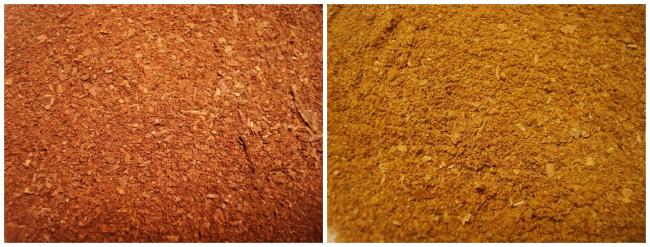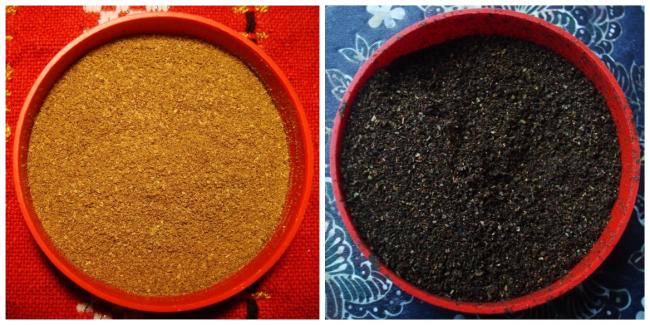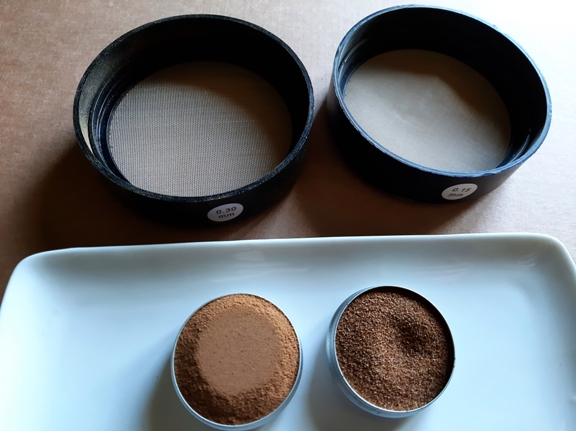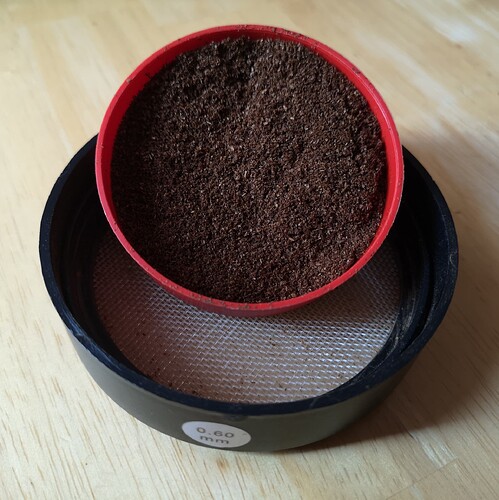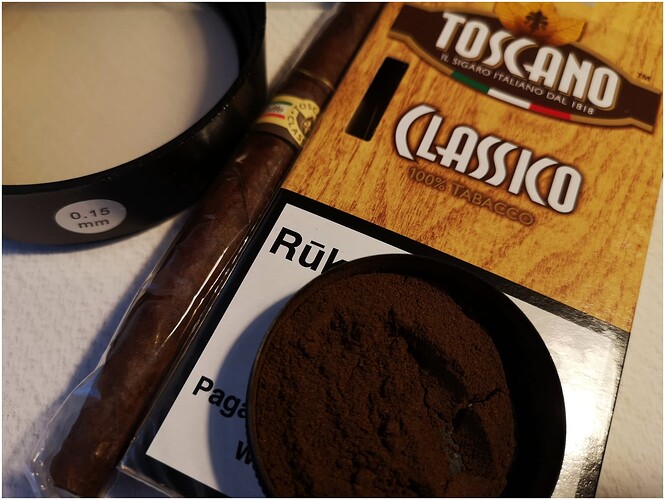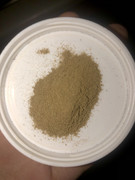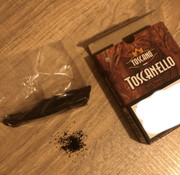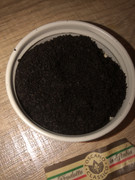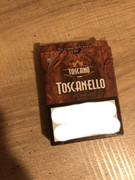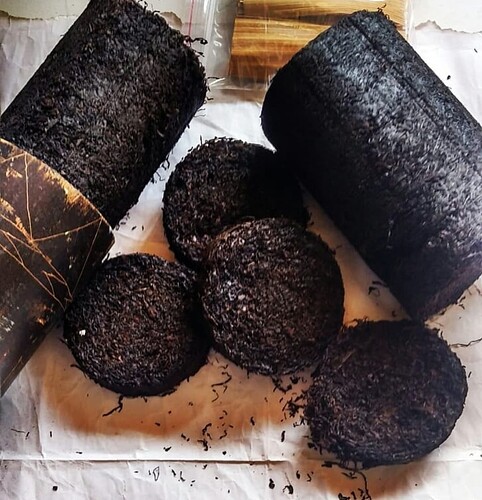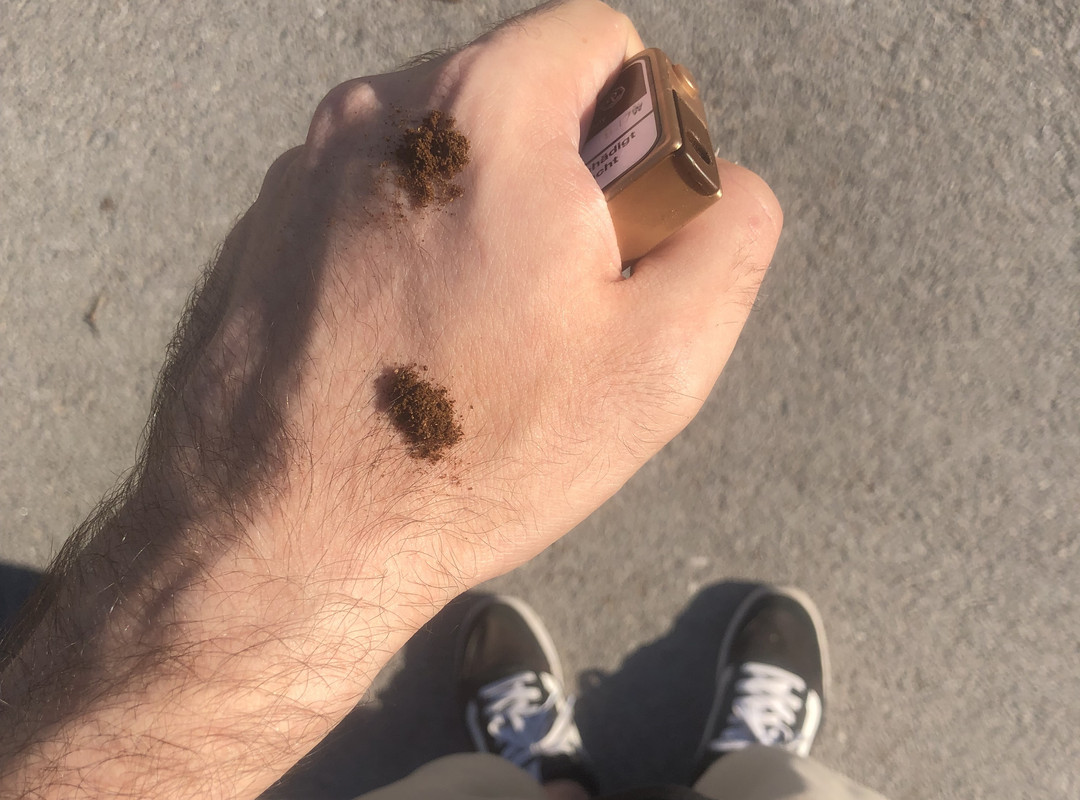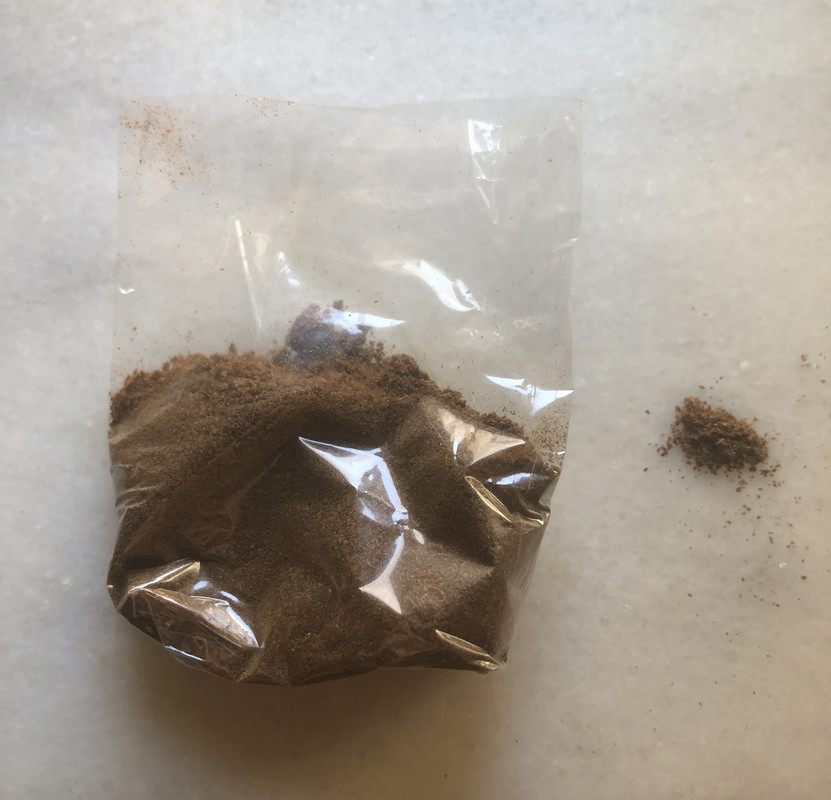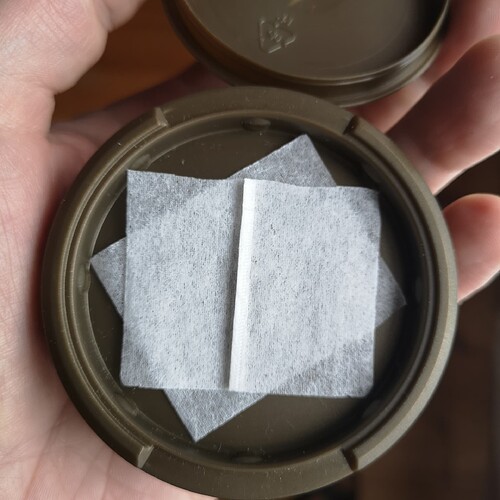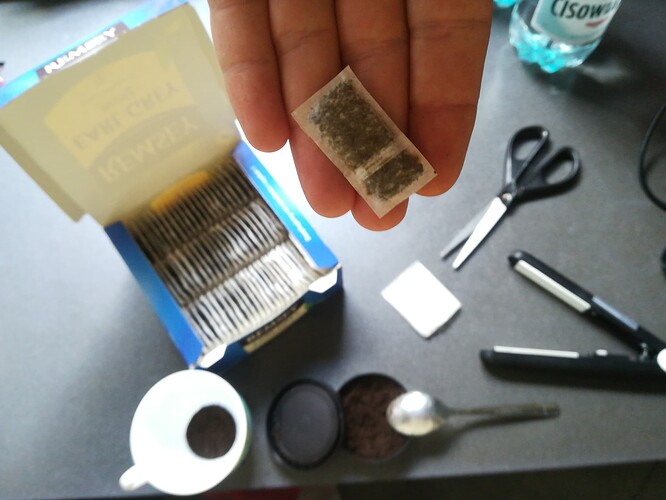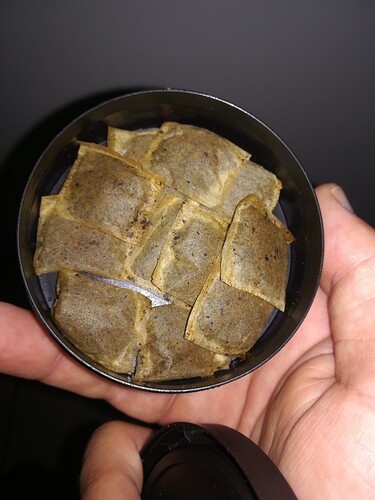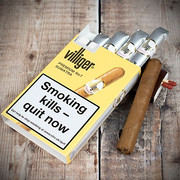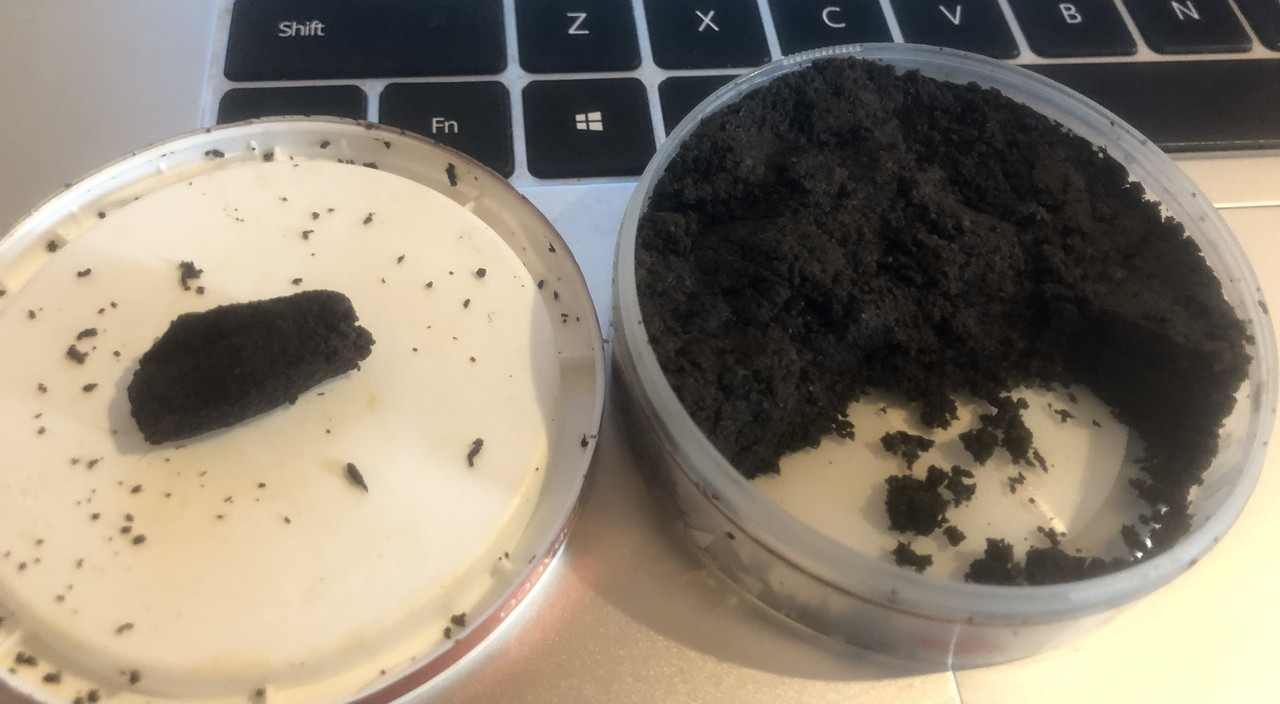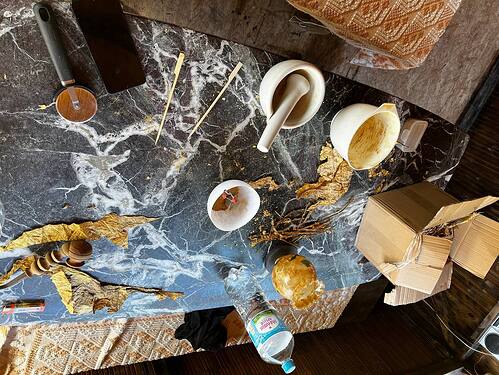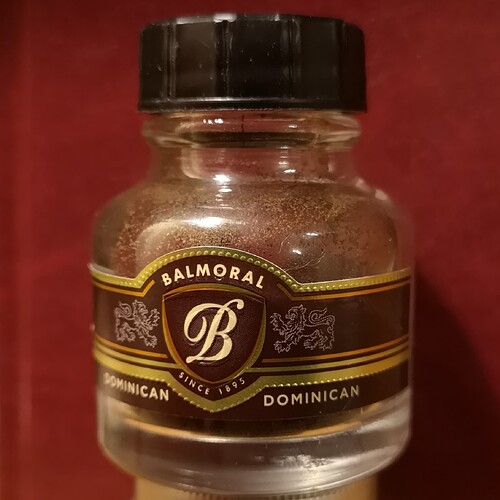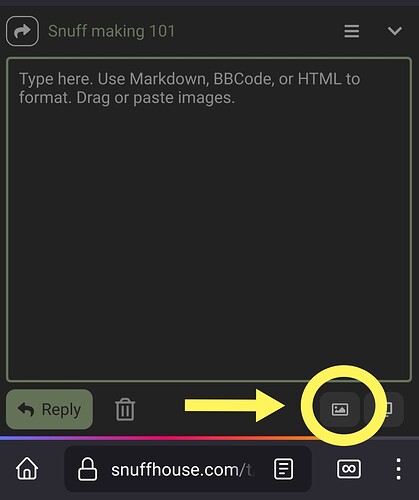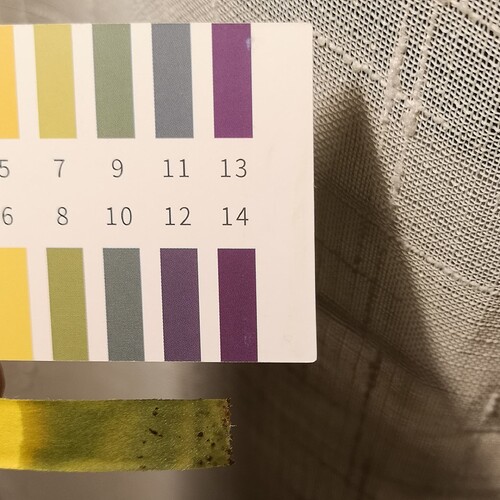NON TOBACCO ADDITIVES
There is a myriad of options when it comes to additives. Alkalizing agents, oils, humectants, stabilizing agents, preservatives, casings, and toppings. There is also the option of putting other powders from the herb, root, seed, bean, flower, leaf, fruit, etc. Perhaps animal, vegetable and mineral should all be considered . Don’t forget menthol crystals as a choice. A good snuff does not absolutely require any of these ingredients but this is the fun part of snuff making. A little of this and a little of that, you know. A good list to look at is the list of approved tobacco additives as listed by the FDA. This list will give you an idea of what additives are considered as generally safe to use, however you must use caution regardless of what you are using. Here is the list.
http://www.tobacco.org/Resources/599ingredients.html
ALKALIZING AGENTS will freebase the nicotine in your tobacco making it easier to be absorbed. Most of us will want some kind of alkalizing salt in our snuff. Sodium carbonate (washing soda) may be the best option for the home grinder. The desperate few will use sodium bicarbonate (baking soda) which does work but not as effectively and has a few undesirable qualities. Ammonium chloride (sal ammonmiak, salmiak) may be worth getting as it is commonly used in commercial snuffs. There is also potassium carbonate (potash), calcium hydroxide (slaked lime), calcium carbonate, ammonium carbonate, and who knows what else.
OILS can be added to make a certain style of snuff. Mineral oil is used for commercial products due to its long shelf life but Schmalz-ing at home can be without this concern. Coconut oil, sesame oil, clarified butter, even bacon fat can be used with reasonable shelve lives. Many other types of oils may be tried in small batches adding up to twenty percent by weight to your snuff. Just mix in a little at a time until desired results are achieved. Remember, scented oils are not for Schmalzlers but for scenting and are not used in the manner described above.
HUMECTANTS are normally used in dip and snus though not unheard of in nasal snuff. Propylene glycol, glycerin, polyols, sorbitol, xylitol, ethanol, and ethel alcohol are a few examples. Some of these (glycerin) can easily be added to your snuff for oral use if you like.
STABILIZING AGENT AND PRESERVATIVES would rarely be used by the home grinding man. Silicagel, paraffin, calcium hydroxide, potassium sorbate, ethyl ester I wouldn’t want to name any that you would use except for salt which also serves a threefold function as flavor enhancer.
CASINGS like honey, molasses, maple syrup, cane syrup, invert sugar, treacle, sorghum, corn syrup, brown sugar, rum, licorice, fruit sauces and other liquids are sometimes added at amounts up to 15 percent* to hydrate tobacco These add an appreciable sweetness that can also fuel fermentation. Soaking, steaming, misting, and mixing, are some methods used. Generally speaking these types of casings are used to combat the sharpness or bitterness that tobacco can have. Not limited to sweeteners, casings may also include your alkalizers and aromatic ingredients or just plain water. Be sure that these are "pasteurized"or at least not contaminated with undesirable elements. Distilled water is ideal for use in hydrating snuff. *Overly hydrated snuff is easily dehydrated however you will not want to evaporate important scenting ingredients.
TOPPINGS are mostly added to scent a finished tobacco. Essential oils, absolutes, alcohols, and other scenting mediums can be misted on snuffs with an atomizer. Mixing in thoroughly can be difficult, especially with oils, so adding the scents to the casings to mix in is quite common.
GUANO, RHINO HORN AND DIATOMACEOUS EARTH. Sure, why not? Well, this is an important question. There are quite a few things on this planet that you will not want in your nose. Do your home work! Even if someone else is putting 'so and so" in their own snuff. If you thought I was going to make a list here for you then I apologize. I will mention a few of my favorites though. Gotu Kola (Brahmi) is an herb I favor as a base for non-tobacco herb snuffs. Guarana seed powder is another one I like and usually mix fifty fifty with tobacco. Kava root, licorice root, calamus, angelica, saffron, echinacea, and goldenseal are some other powders I have. Once you start looking at the world through the eyes of a snuff maker you will find many options. Orris root is particularly interesting being used for as an additive to snuff in days of old.
MENTHOL crystals can be added to your snuff at 0.5% to 0.65% by weight. Be sure to dissolve the crystals first.
 That’s good news for cancerphobes like me who are able to deal fine with the harshness of green leaves dried rapidly in shade.
That’s good news for cancerphobes like me who are able to deal fine with the harshness of green leaves dried rapidly in shade. Tip: get seeds and grow your own if you have the means. Saves money and is certainly way gratifying.
Tip: get seeds and grow your own if you have the means. Saves money and is certainly way gratifying.

